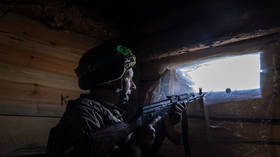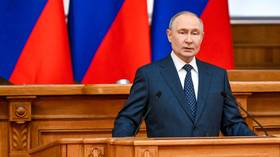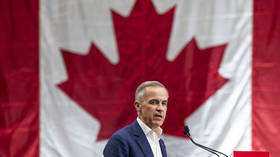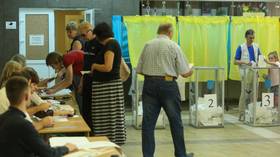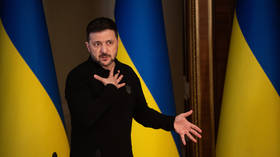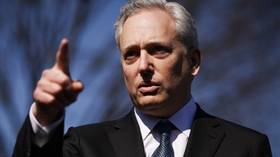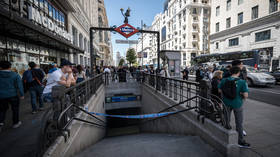Obama to send 17,000 extra troops to Afghanistan
US President Barack Obama has given the go-ahead to send another 17,000 US troops to Afghanistan.
The White House said that the President will send a Marine unit of 8,000 troops, one additional Army brigade of 4,000 troops and 5,000 support troops to the war-torn country.
They will join the 38,000-strong force already in place this spring and summer.
With operations entering their ninth year, at least 7,500 civilians and 5,000 soldiers and policemen have died.
It’s hoped that more troops will yield impressive results, but others fear the U.S. is walking into the same trap that the Soviet Union found itself in two decades ago.
Some experts say Washington is copying the Soviet mistakes.
“There will be an increase of forces, there will be an increase in fighting – and there will be an increase of casualties on both sides. It will be for the benefit of those forces who want to destabilise the region,” Nezavisimaya Gazeta deputy editor-in-chief Vadim Soloviev says.
In 1979 the Soviet Union launched a military campaign in Afghanistan to support the pro-Soviet government and protect its own influence in the region.
“The Taliban is the notorious product of the adversaries of the Soviets during the Cold War. There were American financial flows that supported radical Islamic movements like the Taliban and Al-Qaeda,” Soloviev added.
The Soviets withdrew in 1989, after almost a decade of intensive fighting. But it failed to bring peace to a region torn apart by radical Islamists.
Today the U.S. and its NATO allies are fighting the same foes Soviet soldiers were facing.
Aleksandr Chubarov is a veteran of the Soviet-Afghan war. One of the challenges then, he says, was to separate the locals from the insurgents.
“During the day they were peasants – when the night came they were taking out their Kalashnikovs,” Chubarov says.
Now – just as 20 years ago – the use of force is not the solution, he says.
“The Afghan people should be helped to restore their economy because without their help there wouldn’t be victory in this war,” Chubarov says.
Meanwhile, a recent UN report has shown a 40 per cent jump in the number of civilian deaths in Afghanistan last year, compared with the year before.
It was estimated that more than 2,100 Afghan civilians were killed in 2008, 55 per cent of them by insurgents, and 39 per cent by western forces.
And of the 829 killed by western troops, 522 died in air strikes by the U.S. forces and their allies, the report says.
Dan McNorton, a United Nations spokesman in Afghanistan, said that the UN was ‘very concerned’ about the number of civilians being killed in the conflict, The Associated Press reported.



